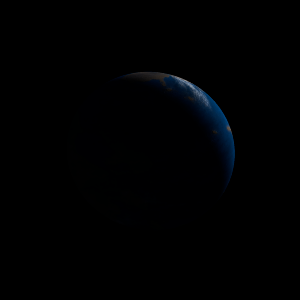|
|
Space Astro
|
Info for exoplanet "Bakyubyo Do"
| Scientific (actual) data |
|---|
| Planet | Kepler-1388 e |
| Planet status | Confirmed |
| Radius | 0.219 |
| Orbital period | 37.6327 |
| Discovered | 2016 |
| Updated | 2021-02-05 |
| Tconj | 2454990 |
| Publication | Announced on a website |
| Detection type | Primary Transit |
| Alternate names | 2MASS J18532065+4710283 e, K02926.04, KIC 10122538 e, KOI-2926 e, KOI-2926.04, WISE J185320.64+471028.1 e |
| Star name | Kepler-1388 |
| Right ascension | 283.34° |
| Declination | 47.17° |
| Mag j | 14.222 |
| Mag h | 13.516 |
| Mag k | 13.343 |
| Star distance | 492 |
| Star metallicity | 0.02 |
| Star mass | 0.63 |
| Star radius | 0.61 |
| Star age | 4.47 |
| Star temperature | 4098 |
| Star alternate names | 2MASS J18532065+4710283, KIC 10122538, KOI-2926, WISE J185320.64+471028.1 |
| Wikipedia article | Kepler-1388 e |
Back
| |
| Fictional info (?) |
|---|
| Suggested name | Bakyubyo Do |
| Planet type | Cold planet |
| Bakyubyo Do's atmosphere is similar to Ryube's in its primary composition of ethane and ozone, but it contains more "ices" such as water, ammonia, and methane, along with traces of other hydrocarbons. This cold planet is named after the deity Bakyubyo Do, the spirit of dreams.
As one of the brightest objects in the sky, Bakyubyo Do has been a major fixture in native folklore for as long as records have existed.
Future targets for exploration in the Bakyubyo Do system include the probable ice-covered liquid ocean of its moon Gyomyamyu. |
| Atmosphere | Ethane | 84% |
| Ozone | 11% |
| Hydrogen deuteride (HD) | 4.5% |
| Argon | 0.57% |
| Atmospheric pressure | 14 bar |
 |
| Moon | Gyomyamyu | Huge irregular ice moon |
| Google search for Bakyubyo do |
|
Website by Joachim Michaelis
|
|
|
|